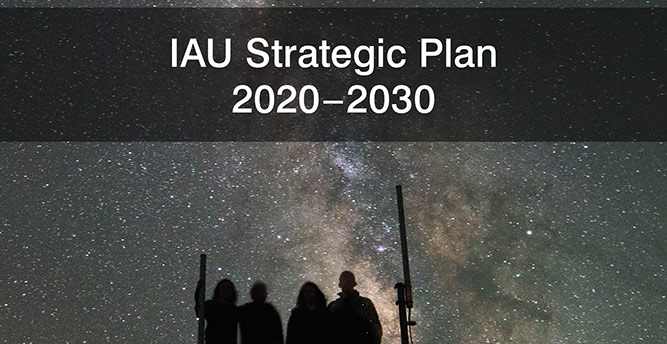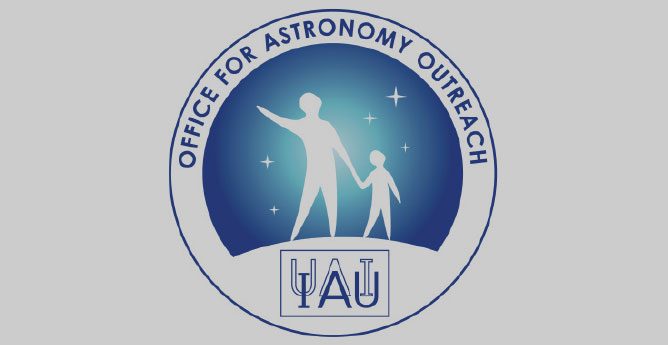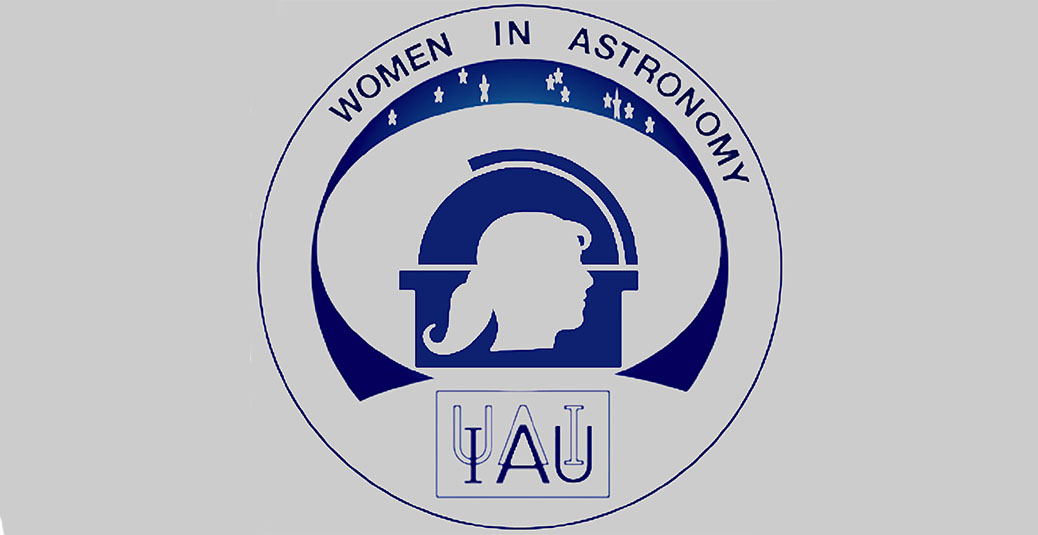- News
- Science
- Scientific Bodies
- Divisions
- Commissions
- Commission A1 Structure
- Commission A2 Structure
- Commission A3 Structure
- Commission A4 Structure
- Commission B1 Structure
- Commission B2 Structure
- Commission B3 Structure
- Commission B4 Structure
- Commission B5 Structure
- Commission B6 Structure
- Commission B7 Structure
- Commission C1 Structure
- Commission C2 Structure
- Commission C3 Structure
- Commission C4 Structure
- Commission C5 Structure
- Commission D1 Structure
- Commission E1 Structure
- Commission E2 Structure
- Commission E3 Structure
- Commission E4 Structure
- Commission F1 Structure
- Commission F2 Structure
- Commission F3 Structure
- Commission F4 Structure
- Commission G1 Structure
- Commission G2 Structure
- Commission G3 Structure
- Commission G4 Structure
- Commission G5 Structure
- Commission H1 Structure
- Commission H2 Structure
- Commission H3 Structure
- Commission H4 Structure
- Commission J1 Structure
- Commission J2 Structure
- Commission J3 Structure
- Commission X1 Structure
- Commission X2 Structure
- Past Commission Organising Committees
- Working Groups
- Centres
- Scientific Meetings
- Rules & Guidelines
- General Assemblies
- Meeting Proposals
- Future IAU Meetings
- General Assemblies
- EC Meetings
- Officers' Meetings
- Regional Meetings
- Symposia
- Focus Meetings
- Institutional Meetings
- IAU Offices Meetings
- IAU-Sponsored Meetings
- Letters of Intent submitted for 2024
- Letters of Intent submitted for 2023
- Letters of Intent submitted for 2022
- Letters of Intent submitted for 2021
- Letters of Intent submitted for 2020
- Past IAU Meetings
- Templates
- Other Meetings
- Grants & Prizes
- Scientific Bodies
- Publications
- IAU Publications
- IAU Strategic Plan
- Symposia
- WGSBN Bulletins
- Regional Meetings
- Information Bulletins/Catalyst
- E-Newsletters
- Focus Meetings
- Transactions A
- Transactions B
- Related Publications
- GA Newspapers
- CAPjournal
- IAU Books
- Brochures
- IAU Offices
- WG Reports
- Commission Reports
- Division Reports
- Past IAU Publications
- Rules, Guidelines and Instructions for Proceedings
- Publishers
- IAU Publications
- Administration
- About the IAU
- Statutes & Rules
- IAU Policies
- IAU Executive Bodies
- IAU Secretariat
- Resolutions
- Members Administration
- Administrative Dates & Deadlines
- International Organisations Relations
- Donate to the IAU
- Training in Astronomy
- Astronomy for Education
- Astronomy for Development
- Astronomy for the Public
- Office for Astronomy Outreach
- FAQ
- Themes
- Satellite Constellations
- Astronomy in Everyday Life
- How to Report a Discovery
- Careers in Astronomy
- Defining our Place in the Cosmos
- The Constellations
- Light Pollution
- Measuring the Universe
- Near Earth Objects
- How to Participate in Astronomy Research
- Naming of Astronomical Objects
- Naming of Exoplanets
- Buying Star Names
- Naming Stars
- Pluto and the Solar System
- IAU Member Statistics
- Our Moon: the Moon
- Meteors & Meteorites: The IAU Definitions of Meteor Terms
- UNESCO-IAU Portal to the Heritage of Astronomy
- Social Media
- Past Events
- Call for Online Resources
- Astronomy@Home Awards
- Contact
IAU Focus Meetings (GA)
FM 8: Statistics and Exoplanets
Start date/time
August 3, 2015
End date/time
August 5, 2015
Place
Honolulu,
United States
Contact
Suzanne Aigrain
suzanne.aigrain@astro.ox.ac.uk
Event website
Coordinating Division
Division B Facilities, Technologies and Data Science
Other Divisions:
F
Website:
Co-Chairs of SOC:
Eric Feigelson (Pennsylvania State Univer)
Topics
- Planetary signals in sparse datasets
- Planetary signals in continuous light curves
- High contrast imaging
- Planetary populations
- Statisticians' perspective
Rationale
Motivation and organization
Exoplanet research is one of the newest and most active areas in astrophysics, attracting a lot of bright young minds, and capturing the public imagination worldwide. The discovery and characterization of exoplanets requires both superbly accurate instrumentation and sophisticated statistical methodologies to extract the extremely weak planetary signals from the dominant starlight or very large samples. Stars and galaxies can be seen directly in telescopes, but exoplanets can be `seen' only after advanced statistical analysis of the data. Consequently, statistical methodology is at the heart of almost every exoplanet science result. The different exoplanet detection methods - radial velocity, astrometry, transits, direct imaging, and microlensing -- each pose their own difficulties. Detailed modelling of planetary signals to extract information on the orbital or atmospheric properties is even more challenging. Finally, there is also the challenge of inferring the properties of the underlying planet population from incomplete and biased samples. The increased importance of statistical methodology is a trend that extends across much of astronomy, but exoplanets are a particularly fertile ground for cross-disciplinary work, and leading statisticians are already starting to work on exoplanet-related problems.
This area naturally falls under the remit of the IAU Working Group in Astrostatistics and Astroinformatics (IAU/WGAA) residing in Commission 5 within Division B, formed at the 2012 IAU GA to facilitate the use of advanced statistical and computational methodology in astronomical research. We outline here a program for a 2.5 day Focus Meeting (FM) covering five topics on the interface between exoplanetary research and astrostatistics. Unlike other exoplanet conferences, data analysis and statistical issues are at the heart of this meeting: speakers will discuss challenges, methodology, and its impact on science goals. Sociologically, the FM will bring together expert astronomers and statisticians to promote collaboration, and will expose many exoplanetary scientists to advanced statistical techniques. We expect the FM will draw many non-expert exoplanetary astronomers; the venue of the 2015 GA where hundreds of (mostly young) research may attend. One-third of papers at recent U.S. national meetings concern exoplanets. The FM will also be essential for the vanguard methodologists: never before have they gathered to discuss and compare statistical approaches to various problems. We invite high-calibre statisticians among the invited speakers, and will advertise the meeting in astronomical, statistical and machine learning communities. We will ask the International Astrostatistics Association, affiliated with the International Statistical Institute (sister organization to the IAU), to support one or two senior statisticians to attend the meeting. The program will also incorporate elements of outreach: a concluding Panel Discussion of distinguished exoplanetary astronomers; a high-profile public lecture; a 1/2-day software workshop at the University of Hawaii; and possibly live webcasting and tweeting. Pending consent of Cambridge University Press, the talks, posters and discussions will be made public on the IAU/WGAA Web site, the Astrostatistics & Astroinformatics Portal that receives ~400 page-hits/week. The entire worldwide exoplanetary and astrostatistical community will thus benefit from the `Statistics and Exoplanets' FM in Hawaii.
Organizationally, the lead co-chair of the FM is Suzanne Aigrain (Oxford UK) with Eric Feigelson (Chair of the IAU/WGAA) serving as a second co-chair. Feigelson will be lead editor of the proceedings. The S.O.C. includes three members of the IAU/WGAA Organizing Committee (which played an active role in formulating the conference), as well as a member of the Commission 53 (Extrasolar Planets) Organizing Committee. S.O.C. member Michael Liu (Hawaii USA) will liaise with the GA NOC/LOC. Division B will officially sponsor the meeting, and other IAU organizations provide Letters of Support.
Topics
1. Planetary signals in sparse datasets
Radial velocities (RV) was for many years the dominant exoplanet detection method, but as formal instrumental errors decrease and weaker signals become detectable, it presents increasingly difficult statistical challenges. How does one robustly establish the presence of non-sinusoidal periodic signals in sparse, irregularly sampled time series which are affected by autocorrelated stellar activity noise? Is this question better tackled in the time or Fourier domain, and how do the do we establish the statistical significance of any detected signals? Studies from Austria, Canada, Germany, Italy, Poland, Russia, South Africa, and the United States have wrestled with this problem in the recent astronomical literature, and there is a clear need for cross-disciplinary discussion on this problem. A closely related question is called `model selection': How many planets orbit a given star? For multiplanet systems, this involved high-dimensional nonlinear models, and sophisticated approaches are being developed by leading Bayesian statisticians working with exoplanet astronomers. Similar questions also arise for the detection of exoplanets via astrometry and transit timing variations - which in turn opens up the possibility of combining multiple datasets to secure the detection of the most subtle signals. Planet detection via microlensing also relies on irregularly sampled ground-based data and has a very non-linear dependence on the system parameters.
2. Planetary signals in continuous light curves
The detection and characterisation of transiting planets presents a different set of challenges propelled by the increased precision and continuous time-series of space telescopes such as NASA's Kepler mission. A planetary origin nature of the transit-like events must be evaluated in a statistical manner from the light curve itself, and the most interesting transit signals -- those of planets in the Habitable Zone -- are very difficult to detect even in the highest quality datasets. A new generation of sophisticated transit search methods to treat correlated noise models is emerging. The extraordinary quality of the Kepler light curves also makes it possible to search for subtle transit timing variations from inter-planet interactions, exo-moons, Doppler beaming, and orbital eccentricity from light curves alone. Statistical and algorithmic developments are absolutely central to the successful exploitation of the Kepler and future space mission datasets.
3. High contrast imaging
Imaging surveys are discovering a growing number of young gas-giant exoplanets using specialized high-contrast instruments designed to correct atmospheric changes and efficiently suppress the starlight. This session will focus on the data analysis challenges, both from instrumental and scientific perspectives. Sophisticated signal processing methods are needed to extract reliable planet signals out of the glare of the parent star. Orbit determinations from directly imaged planets must face the challenge of robust measurements from incomplete astrometry. Statistical analyses of survey results, both detections and non-detections, can provide strong constraints o the distribution of planet masses and orbital separations. Complex issues, from wavefront control to a posteriori modelling of super-speckles, must be tackled to optimize the scientific return of current and new direct imaging instruments.
4. Planetary populations
We now have relatively large samples of planets discovered by different methods which, in principle, should enable us to infer the statistics of the underlying planet population. The measurement of eta-Earth, fraction of Earth-like planets in Earth-like orbits, is one of the holy grails of contemporary astronomy. Populational studies are also crucial for discriminating between competing scenarios for the formation and evolution of planets and planetary systems. Recent eta-Earth estimates are around 20%, but large uncertainties are still present and statistical problems abound: the calibration of observational biases (particularly difficult where human intervention plays a role in the observations); incorporation of marginal and non-detections; the choices of binned vs. unbinned and parametric vs. nonparametric modelling; methods for combining information from detection methods with different observational biases; and procedures for constraining planet formation theory. Astronomers must discuss these issues with each other and with statistical experts to seek consensus on best approaches.
5. Planetary atmospheres
Detailed understanding of exoplanets and their habitability requires observations of their atmospheres. These are probed either directly through spectroscopy or indirectly by observing transits and secondary eclipses at different wavelengths. The signals are minute and often swamped by instrumental effects, leading to controversies between research groups. Statisticians and machine learning experts are starting to work closely with exoplanet observers to develop improved signal extraction methods. Current progress in understanding instrumental and astrophysical sources of systematic noise in exoplanet spectra will be discussed, and methodology will be planned for future instruments such as the James Webb Space Telescope and Extremely Large Telescopes. Astrophysical interpretation of exoplanet spectra is also challenging with high-dimensional parameter space involving degeneracies between atmospheric temperature structure, composition, and clouds.
6. Statisticians' perspective
At strategic points in the program, we will schedule talks by statisticians who will be asked to discuss key problems such as modelling irregular time-series data with correlated noise, exploring high-dimensional parameter space, and performing nested Bayesian inference. We are already seeing strong interest from statisticians in exoplanet-related problems (e.g. James O. Berger, the leading Bayesian statistician in the US, has worked in the field); encouraging this trend further will be one of the main goals of the meeting. The cross-disciplinary effort should help increase the exoplanet community's awareness of the latest developments in the statistics and machine learning community.
7. Software workshop
We expect that the FM will generate interest in vanguard statistical methods among the exoplanet community. To help turn this into genuine progress, we plan to organize a half-day "hands-on" workshop with tutorials on freely available software packages. They would include new generations of Markov Chain Monte Carlo sampling methods, Gaussian processes for time-series modeling, Bayesian evidence computation, and so forth. We have identified packages for possible presentation from Austria, Hungary, Portugal, Russia, United Kingdom, and United States. This session would probably take place at the University of Hawaii on the weekend following the FM.

















